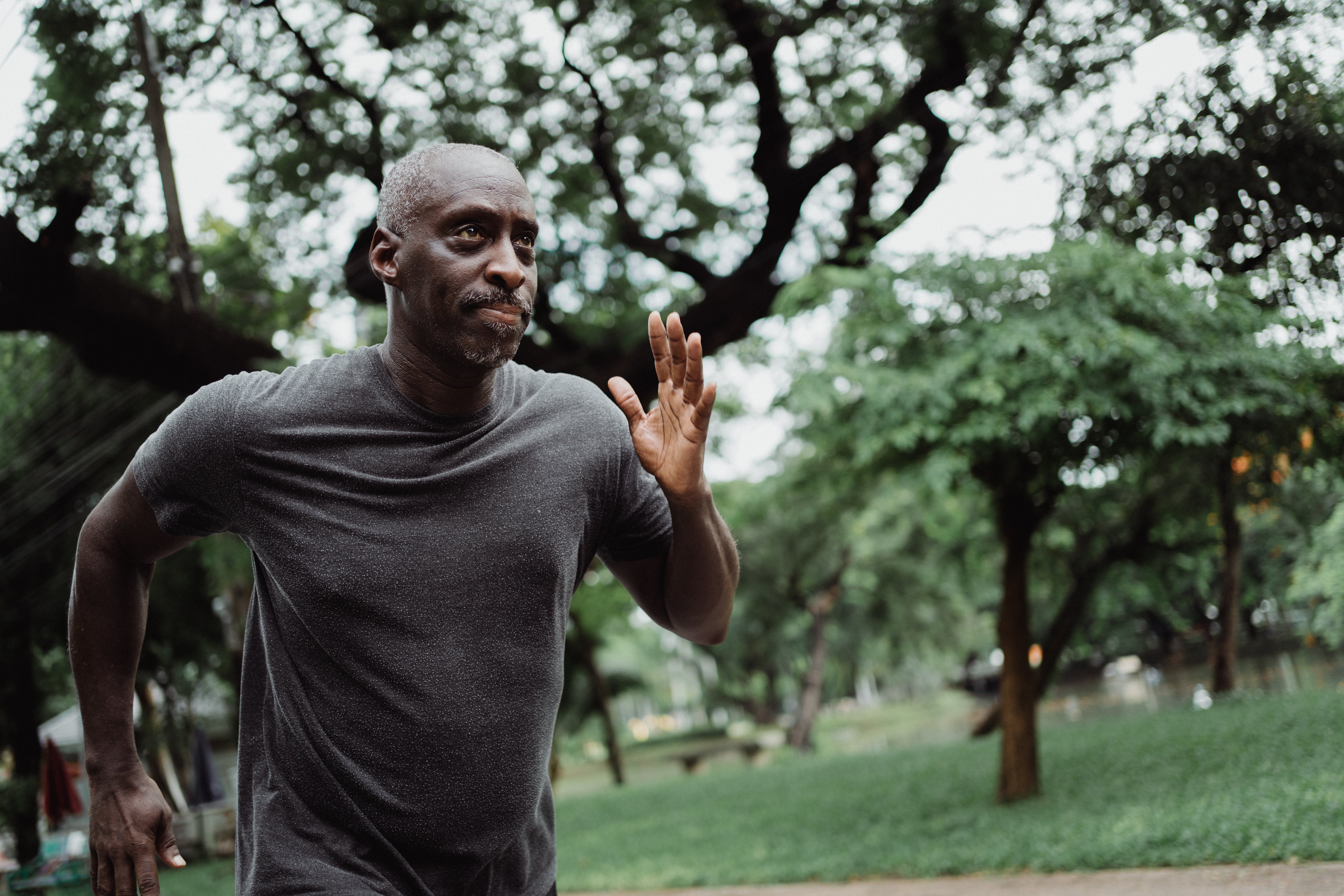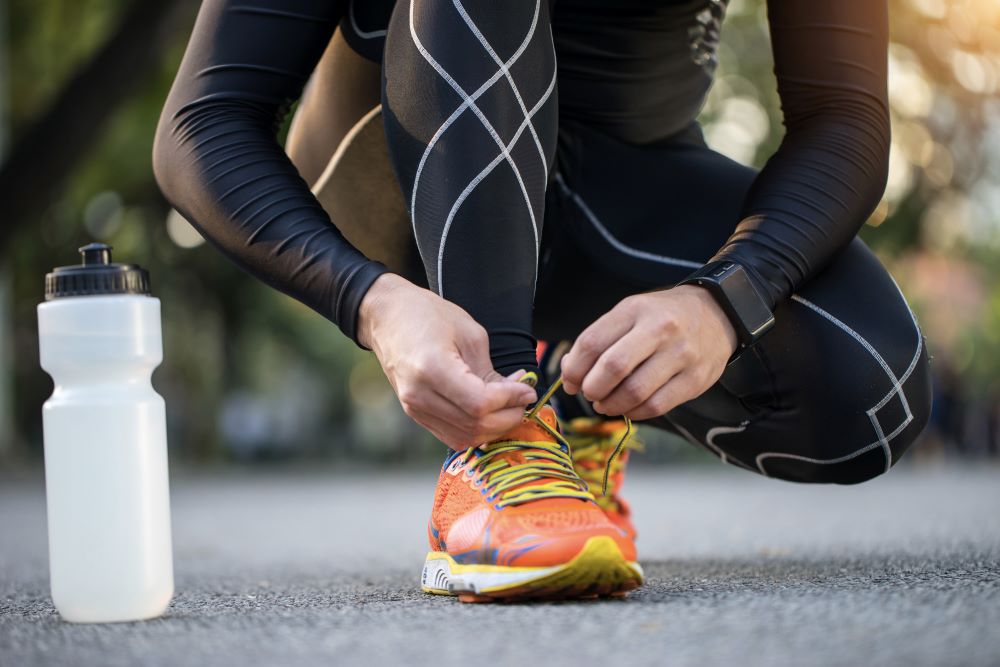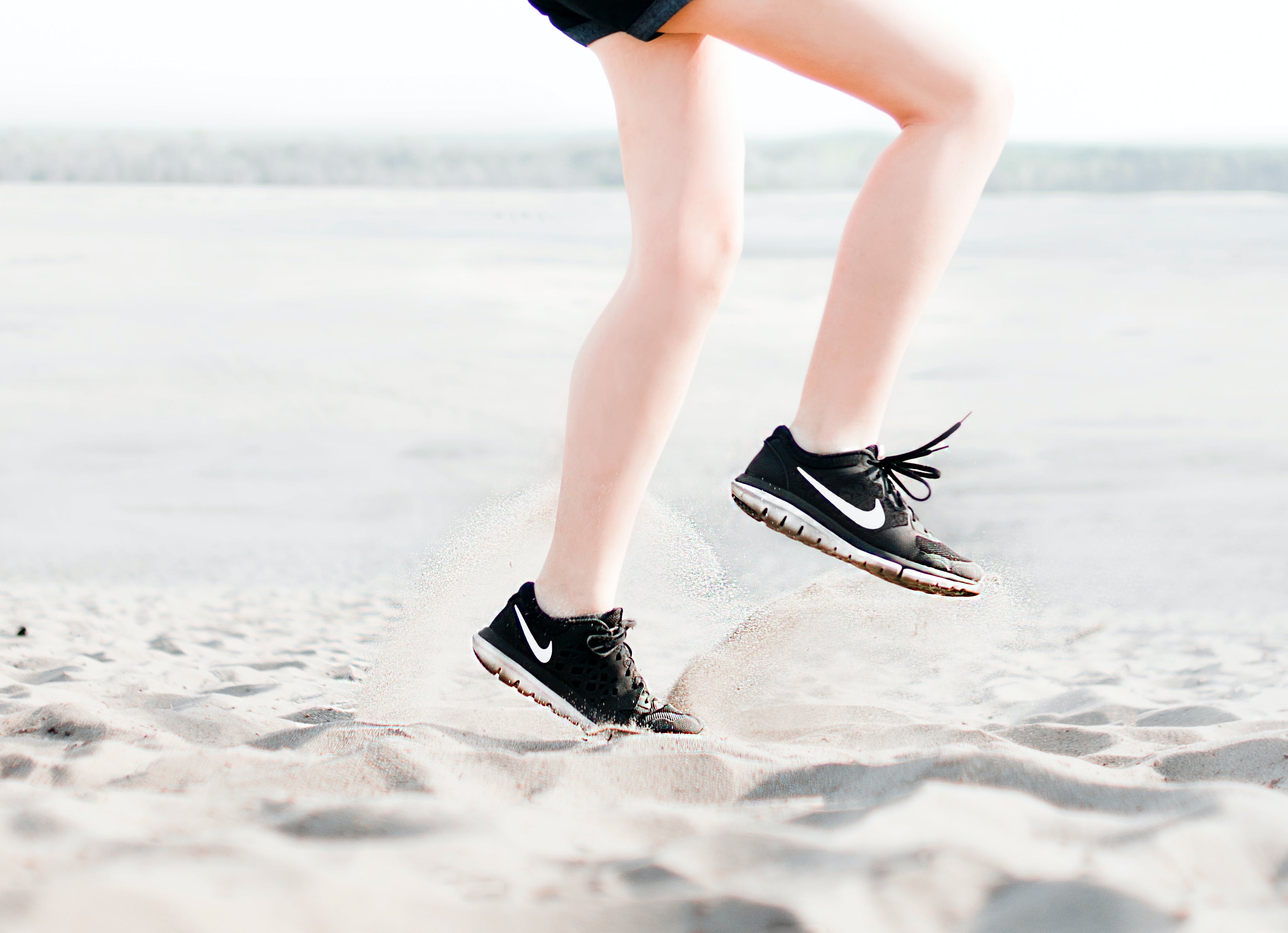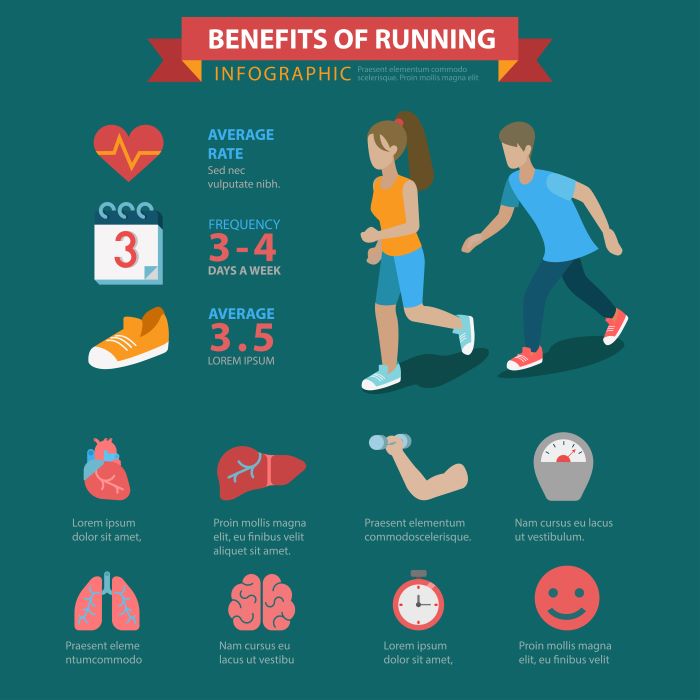Unilateral exercises are a powerful tool for runners looking to enhance their performance and prevent injuries. Unlike traditional exercises that engage both limbs simultaneously, unilateral exercises focus on one side of the body at a time. This unique approach helps to build strength, improve balance, and correct muscle imbalances that can arise from repetitive running patterns.
When incorporated into a training regimen, unilateral exercises can offer several benefits:
- Enhanced Strength: By isolating one side, you can target specific muscle groups more effectively, leading to improved overall strength.
- Improved Balance: These exercises challenge your stability, which is crucial for maintaining a steady gait and preventing falls.
- Injury Prevention: Strengthening each side of the body can help address muscle imbalances that often lead to injuries.
Incorporating unilateral exercises into your running routine not only aids in physical improvements but also sharpens your mental focus as you concentrate on balancing your movements. Whether you’re a seasoned runner or just starting, adding these exercises can significantly enhance your training outcomes.
Visit our website to learn more and get started today! Click here.
Benefits of Incorporating Unilateral Exercises in Running

Incorporating unilateral exercises into your running routine can yield remarkable benefits that enhance both performance and overall fitness. Here are some key advantages:
- Increased Muscle Activation: Unilateral exercises require greater activation of stabilizing muscles, which can lead to improved strength and endurance. This activation is crucial for runners, as it helps maintain proper form during long runs.
- Enhanced Core Stability: Many unilateral exercises engage the core more than bilateral movements. A strong core is essential for maintaining proper posture and balance, especially during runs on uneven terrain.
- Improved Flexibility and Mobility: Working each side of the body independently can enhance flexibility and mobility in the hips and legs, reducing the risk of injuries associated with tight muscles.
- Better Coordination: Unilateral exercises promote better coordination between the limbs, which can translate into improved running efficiency and speed.
- Enhanced Mental Focus: Performing unilateral exercises requires concentration and balance, which can improve mental focus and awareness during runs.
These benefits make unilateral exercises an essential component of a well-rounded training program for runners. By focusing on each side of the body, you can create a more balanced and strong foundation for your running endeavors.
Essential Unilateral Exercises for Runners
Incorporating specific unilateral exercises into your training routine can significantly enhance your running performance. Below are some essential unilateral exercises that every runner should consider:
- Single-Leg Deadlifts: This exercise targets the hamstrings, glutes, and lower back while improving balance and stability. Stand on one leg and hinge at the hips, lowering a weight towards the ground while keeping your back straight. Return to standing by activating your glutes.
- Step-Ups: Using a bench or a sturdy platform, perform step-ups one leg at a time. This movement mimics the action of running and builds strength in the quads, hamstrings, and calves, while also enhancing coordination.
- Single-Leg Squats: These squats challenge balance and strength. Stand on one leg and lower your body into a squat position while keeping the other leg extended in front. Focus on maintaining form to avoid injury.
- Lateral Lunges: Step to the side with one leg while bending the knee, keeping the other leg straight. This exercise promotes lateral strength and flexibility, which are crucial for navigating trails and uneven surfaces.
- Single-Leg Calf Raises: Stand on one leg and raise your heel off the ground, engaging the calf muscle. This exercise strengthens the calves and enhances balance, vital for a strong running stride.
Incorporating these unilateral exercises into your training regimen can lead to improved strength, balance, and running efficiency, helping you unlock your full potential on the trails and roads.
How to Integrate Unilateral Exercises into Your Routine

Integrating unilateral exercises into your running routine can be a game-changer for enhancing performance and preventing injuries. Here are some effective strategies to seamlessly incorporate these exercises:
- Start with a Warm-Up: Before diving into unilateral exercises, always begin with a proper warm-up. This can include dynamic stretches and light jogging to prepare your muscles and joints for the workout ahead.
- Schedule Specific Days: Dedicate specific training days to focus on unilateral exercises. For instance, you might choose to incorporate them into your strength training sessions, allowing for a balanced approach to your overall fitness.
- Combine with Running Workouts: Pair unilateral exercises with your running workouts. For instance, after a run, add a few sets of single-leg deadlifts or step-ups. This method not only enhances strength but also reinforces proper running mechanics.
- Use Bodyweight or Light Weights: If you’re new to unilateral training, start with bodyweight exercises to master the form. As you build confidence and strength, gradually introduce light weights to increase the intensity.
- Monitor Your Progress: Keep track of your performance in both running and unilateral exercises. Note improvements in your strength and balance, and adjust your routine as necessary to continue challenging yourself.
By following these strategies, you can effectively integrate unilateral exercises into your routine, paving the way for enhanced performance and a more resilient body.
Avoiding Common Mistakes with Unilateral Exercises

While unilateral exercises can significantly boost your running performance, avoiding common mistakes is crucial for maximizing their benefits and preventing injuries. Here are some pitfalls to watch out for:
- Neglecting Form: One of the biggest mistakes runners make is compromising form for the sake of completing a rep. Always prioritize proper alignment and technique over lifting heavier weights. Poor form can lead to imbalances and injuries.
- Skipping the Warm-Up: Failing to warm up adequately can increase the risk of injury. Always include dynamic stretches and light movements to prepare your muscles before engaging in unilateral exercises.
- Overtraining One Side: It’s easy to favor your dominant side, leading to strength imbalances. Ensure that you train both sides equally and focus on the weaker side to promote overall balance and strength.
- Rushing Through Reps: Quality over quantity is key in unilateral training. Take your time with each rep, focusing on controlled movements rather than rushing to complete sets. This approach will enhance muscle engagement and stability.
- Ignoring Pain Signals: If you experience pain during unilateral exercises, it’s essential to listen to your body. Pushing through discomfort can lead to serious injuries. Modify or skip exercises that cause pain and consult a professional if needed.
By being aware of these common mistakes, you can ensure a safe and effective approach to incorporating unilateral exercises into your training routine, ultimately leading to improved performance and a lower risk of injury.
Enhancing Performance with Unilateral Training Strategies

Incorporating unilateral training strategies into your running routine can significantly enhance your overall performance. By focusing on single-leg or single-arm exercises, you can target specific muscle groups, improve balance, and increase core stability, all of which are vital for runners. Here are some effective strategies to consider:
- Integrate Single-Leg Movements: Exercises such as single-leg squats and single-leg deadlifts can directly improve your strength and stability. These movements help to correct muscle imbalances and enhance proprioception, which is essential for maintaining proper form during runs.
- Utilize Resistance Bands: Incorporating resistance bands into your unilateral workouts can provide added resistance and variability. They can be used for exercises like single-arm rows or lateral band walks, which enhance strength while engaging stabilizing muscles.
- Focus on Core Engagement: Many unilateral exercises activate your core more than traditional bilateral movements. Incorporate exercises like single-arm overhead presses or single-leg planks to challenge your core stability and improve your overall balance.
- Vary Your Rep and Set Scheme: Experiment with different rep ranges and set schemes to find what works best for you. For example, try heavy low-rep sessions one week followed by lighter high-rep sessions the next. This variation can prevent plateaus and keep your training dynamic.
- Combine with Bilateral Training: Unilateral training shouldn’t replace bilateral exercises entirely. Instead, use them in conjunction with traditional strength training to build a well-rounded fitness base.
By adopting these unilateral training strategies, you can unlock your full potential as a runner, leading to improved performance, reduced injury risk, and greater overall fitness. Visit our website to learn more and get started today! Click here.


